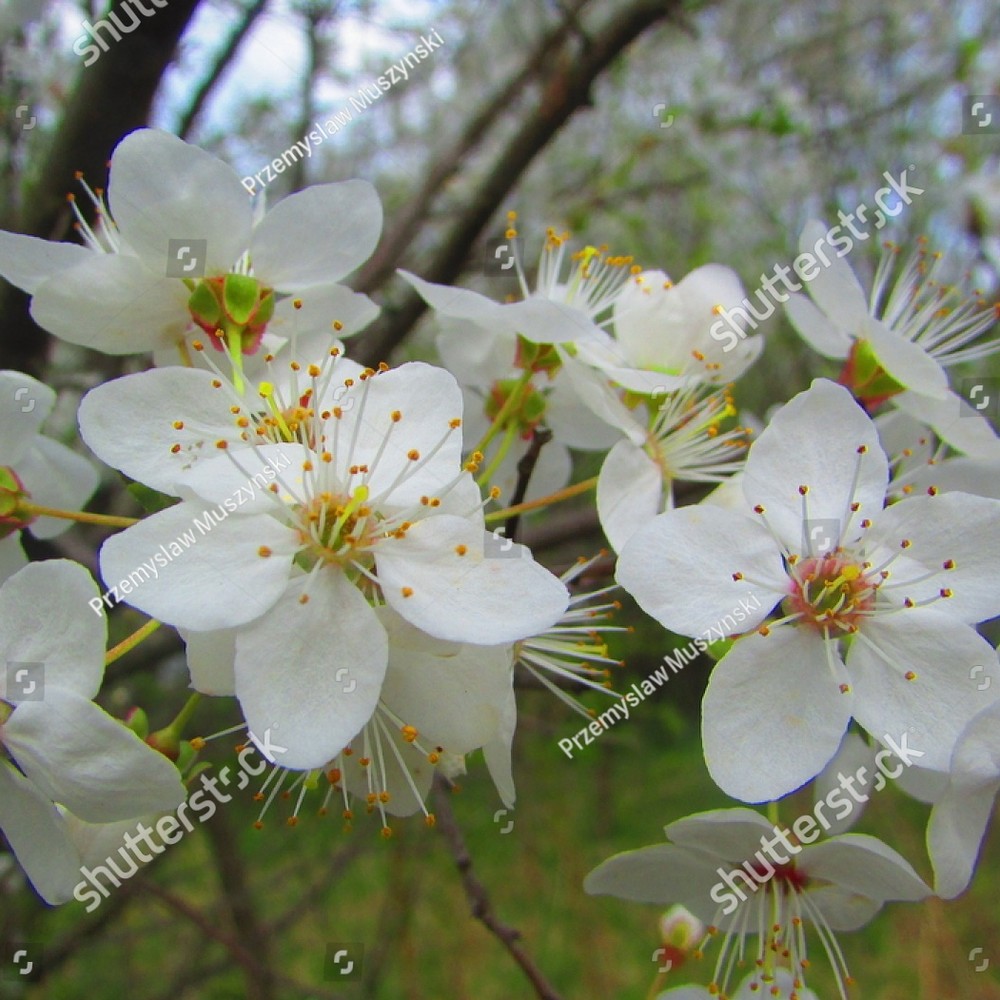Thorny almond
(Prunus spinosissima)

Description
Prunus spinosissima, the thorny almond, (Uzbek: bodomcha, lit. 'little almond') is a species of wild almond native to dry areas of Central Asia, Afghanistan, and Iran, preferring to grow at 400-1500 m above sea level. It is morphologically similar to Prunus erioclada, P. lycioides, P. eburnea and P. brahuica. Prunus spinosissima is a shrub reaching 2 m. The bark is brownish-red, turning ash grey with age. The flowers are pink. Prunus is a genus of trees and shrubs, which includes (among many others) the fruits plums, cherries, peaches, nectarines, apricots, and almonds. Native to the northern temperate regions, 430 different species are classified under Prunus. Many members of the genus are widely cultivated for their fruit and for decorative purposes. Prunus fruit are drupes, or stone fruits. The fleshy mesocarp surrounding the endocarp is edible while the endocarp itself forms a hard, inedible shell called the pyrena ("stone" or "pit"). This shell encloses the seed (or "kernel") which is edible in many species (such as almonds) but poisonous in others (such as apricots). Most Prunus fruit are commonly used in processing, such as jam production, canning, drying, and seeds for roasting. Members of the genus can be deciduous or evergreen. A few species have spiny stems. The leaves are simple, alternate, usually lanceolate, unlobed, and often with nectaries on the leaf stalk along with stipules. The flowers are usually white to pink, sometimes red, with five petals and five sepals. Numerous stamens are present. Flowers are borne singly, or in umbels of two to six or sometimes more on racemes. The fruit is a fleshy drupe (a "prune") with a single relatively large, hard-coated seed (a "stone"). Within the rose family Rosaceae, it was traditionally placed as a subfamily, the Amygdaloideae (incorrectly "Prunoideae"), but was sometimes placed in its own family, the Prunaceae (or Amygdalaceae). More recently, Prunus is thought to have evolved from within a much larger clade now called subfamily Amygdaloideae (incorrectly "Spiraeoideae"). In 1737, Carl Linnaeus used four genera to include the species of modern Prunus—Amygdalus, Cerasus, Prunus, and Padus—but simplified it to Amygdalus and Prunus in 1758. Since then, the various genera of Linnaeus and others have become subgenera and sections, as all the species clearly are more closely related.
Taxonomic tree:







